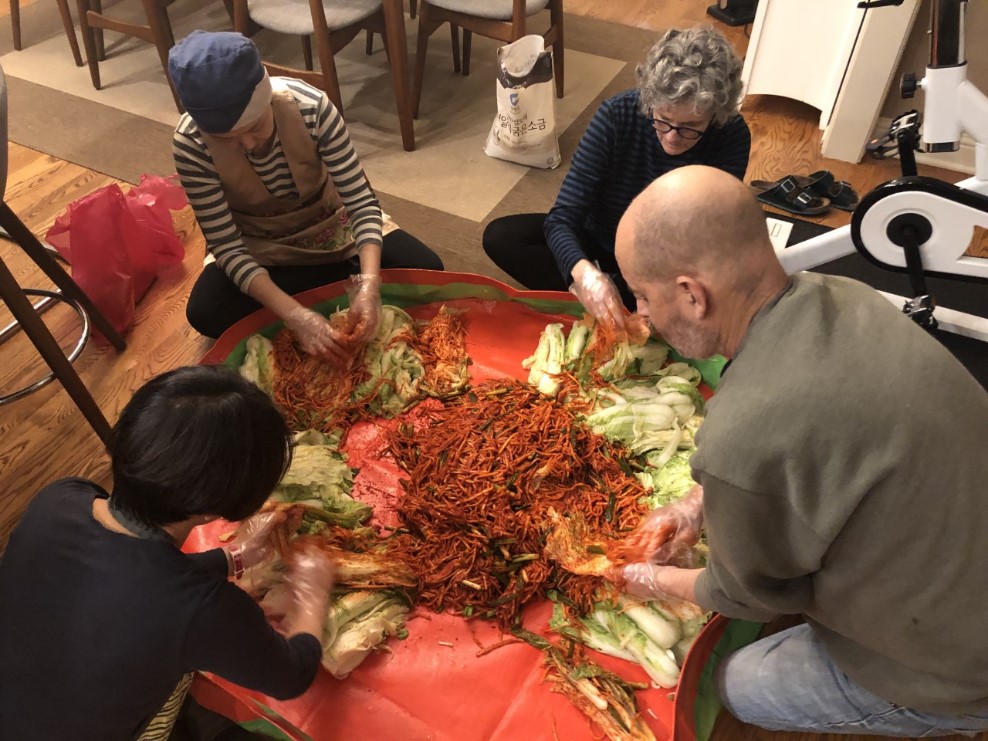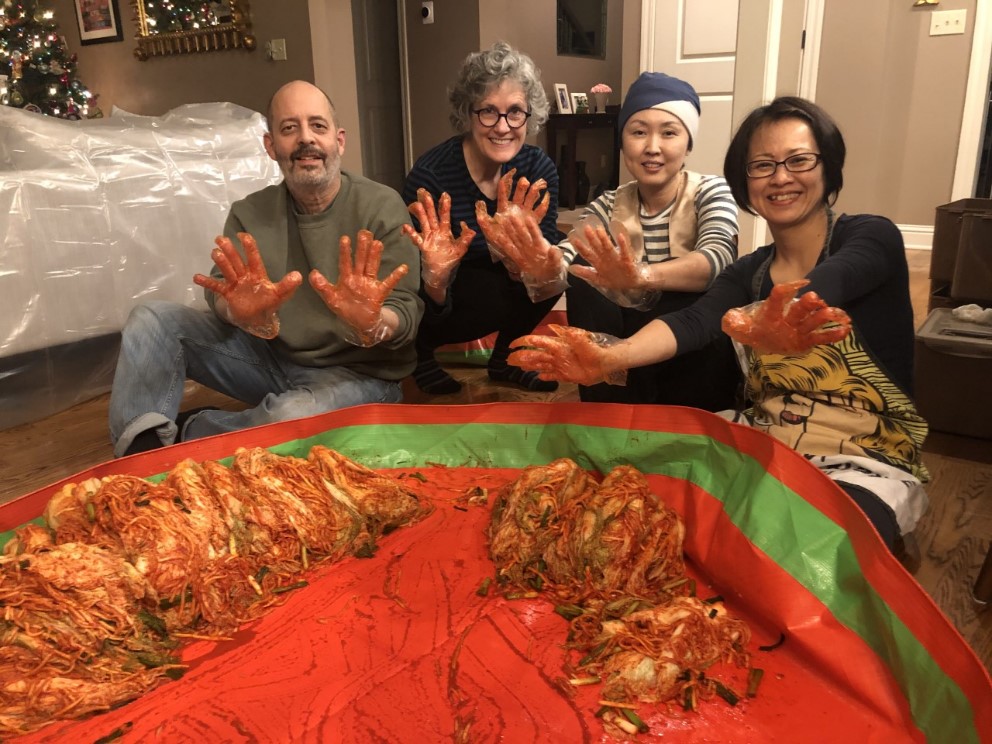Sangyoub Park and Sunyoung Cheong
At the beginning of the new year, a variety of news outlets and food-related venues usually predict upcoming food trends. USA Today, for example, predicts that “Kimchi will be in” in 2020. As a matter of fact, however, kimchi has been it-food at least over the past 10 years. I became aware that kimchi was next big America’s food when the New York Times stopped using an additional explanation for kimchi about 10 years ago. Before that, whenever the Times talked about kimchi, it followed with an additional explanation like “Korean spicy fermented cabbage.” Kimchi is the most common banchan, side dish, in Korea. When the Times stopped providing “what kimchi is to readers,” it signaled that everyone knows what kimchi is. In other words, there was no reason to describe kimchi as Korean spicy fermented cabbage any longer.

The rising popularity of kimchi coincides with another trend in the culinary world – fermentation. As Americans are obsessed with well-being, they begin to pay extra attention to fermented foods. Fermenting food is not new, of course but it is one of the oldest ways of preserving food. The reason behind the latest trend is that many fermented foods are thought to entail health benefits. The Art of Fermentation by Sandor Katz was published around the time this trend was taking off. Kimchi is a probiotic lactic acid bacteria (i.e., good bacteria) fermented food. Many people believe that kimchi has a wide range of health benefits including improving digestion, increasing the body’s immunity, preventing aging, and preventing cancer.
Furthermore, as sociologists highlight how social class affects food preference, food can be a marker of social status. People create cultural distinction through food and eating. In the United States, the upper and middle classes are ready to embrace more “exotic” foods like tofu or sushi to distinguish their cultural identity. From this perspective, kimchi is very exotic. With exoticness and health benefits, it is evident that kimchi will enjoy longevity in the landscape of American food. This is exactly why I describe kimchi as an “Eww” food that has become a “Wow” food in terms of American taste trends.

So, it is hip that you eat kimchi now. However, do you know anything about kimjang? Kimjang refers to making and sharing kimchi with others (click here for a short video about kimjang). Making kimchi requires collective effort because the process of making kimchi is very labor intensive. It is not unusual that kimjang is performed with large quantities like a couple of hundred heads of cabbage. Kimjang is usually done during November or December to last through the long cold winter. This explains why kimjang can be a communal activity. It is a way of communication, a way of creating memory, and a way of bonding together. The ritual of kimjang, in fact, was designated a UNESCO Intangible Cultural Heritage of Humanity in 2013.

Over the past few years, we have invited community members, neighbors, and friends to our kimjang to experience firsthand how kimchi is made in a traditional way. We open our home to guests because we can help people broaden their understanding about “others.” We can be making kimchi together instead of “breaking bread together.” This year we invited friends (Akiko, Mary Anne and Luke) to make kimchi. In particular, this time kimjang was better organized thanks to kimjang mats, which we bought in Korea to test out for a potential kimchi festival – I am always dreaming of organizing a kimchi festival in Topeka, Kansas (Click here for the Kimchi Festival in Korea). Imagine making kimchi with strangers. And this might be exactly what we need in the Divided States of America today. During our kimjang, we conversed about children, marriage, changing food culture, and simply gossiped about everyday life. It is a way of bringing people together and creating a community. It can be a way of healing us. It can be a first step to unite a fractured community again. As an immigrant couple, after kimjang, we feel like our community has been extended by sharing our culture.

Yes, it is good that more people are eating kimchi now but I hope that people appreciate kimchi simply beyond numerous health benefits. If kimchi can be used as a diplomatic tool, gastrodiplomacy, to enhance cultural understanding among countries (click here for a NPR story), it certainly can play a role in bringing us together.

Let’s roll our sleeves and make more kimchi!

Sangyoub Park is an associate professor of sociology at Washburn University. He teaches Food and Culture and filmed the documentary “A little bit more Korean.” Sunyoung Cheong is a visiting assistant professor of the department of visual art at the University of Kansas. She teaches Casting for Jewelry and CAD/CAM. She also creates interactive art performance like Wearable Play.